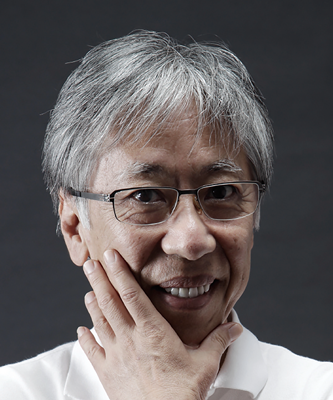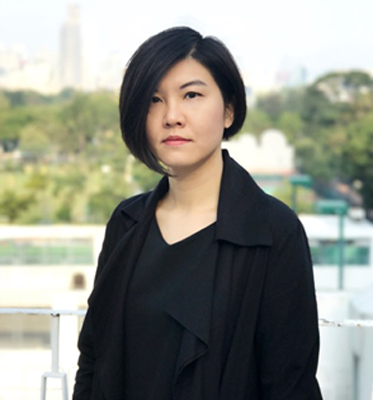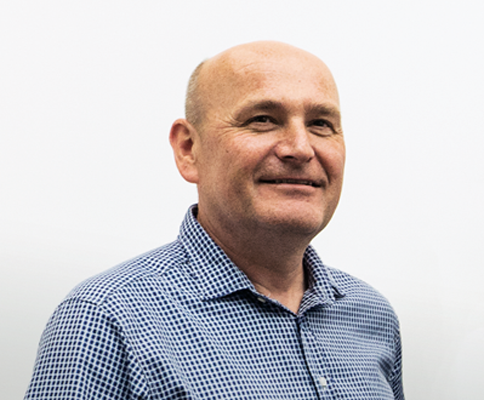The DFA Awards Jury on Contemporary Asian Design
Founded in 2003 by Hong Kong Design Centre, the DFA Awards (DFA) is one of the most established and prestigious design awards in the design world with a regional position. Just last year, it recognised over 200 creative talents and excellent projects for their contribution to improving the quality of life and inspiring future design. Comprising 5 award programmes, it covers different design disciplines and celebrates both veteran practitioners and the design wunderkinder.
As the applications for the DFA Design for Asia Awards and the DFA Hong Kong Young Design Talent Award poured in last month, the judging is going under full sail starting in July. With juries composed of world-leading industry leaders and experts, the DFA Awards deniably represents a highly respected regional endeavour actively defining and propelling contemporary Asian design. You may be curious to know, “So what are the essential qualities of good Asian design in this century?” While we have briefly touched on the criteria in the last issue, this time we had a chat with three judging panel members about what constitutes contemporary design and the judging process.
“In the 21st century, our societies are changing quickly and drastically. So far, we have been pursuing convenience, comfort and novelty in design. But in the future, even if the medium keeps changing, consciousness and creativity will still be essential parts,” said Keizo Matsui, who sits on the DFA Design for Asia Awards panel, about Asian design of our time. He is the head of Department of Design and Art at Osaka University of Arts Junior College and has been the judge for numerous international design contests.

Betty Ng, who founded and directs the international architecture studio COLLECTIVE, places value on the awareness of contexts. She thought it’s essential ‘to understand that time and geography are parts of the essence of design.’ Elaborating on the importance of histories and design theories, she added, “It’s about the sensitivity to keep reinterpreting what has already been done.”

So, faced with a pool of numerous entries, what captures judges’ eyes? Paul Priestman said, “Projects that make people’s lives better and consider the overall environmental impact will get my attention.” The chairman of Priestmangoode, an industrial design consultancy, is on the DFA Design for Asia Awards panel. Talking about previous judging experience, he recalls, “I often find that some of the simplest and low-cost projects are the most interesting. A brief with tight constraints can bring out some of the best creative thinking.”

How about young designers? What qualities will make them thrive at our time? “The courage and skills for claiming unknown territory and their persistence in seeking new challenges,” said Betty who is judging for the DFA Hong Kong Young Design Talent Award. In particular, she looking for candidates who ‘are self-critical, curious about the unknown and embrace failures as a way to move forward.’ Matsui believes travelling is a robust way to cultivate the design sensitivity in the young. “When I travel, I always find new thoughts, discoveries, emotions, encounters, etc, that overturn my preconceptions."
We were very delighted and grateful for the three jury members’ sharing. While we can’t wait to see who will be the apples of the judges’ eyes this year, we really appreciate the judging panel’s effort and dedication in driving the development of Hong Kong and Asian design forward with us.
